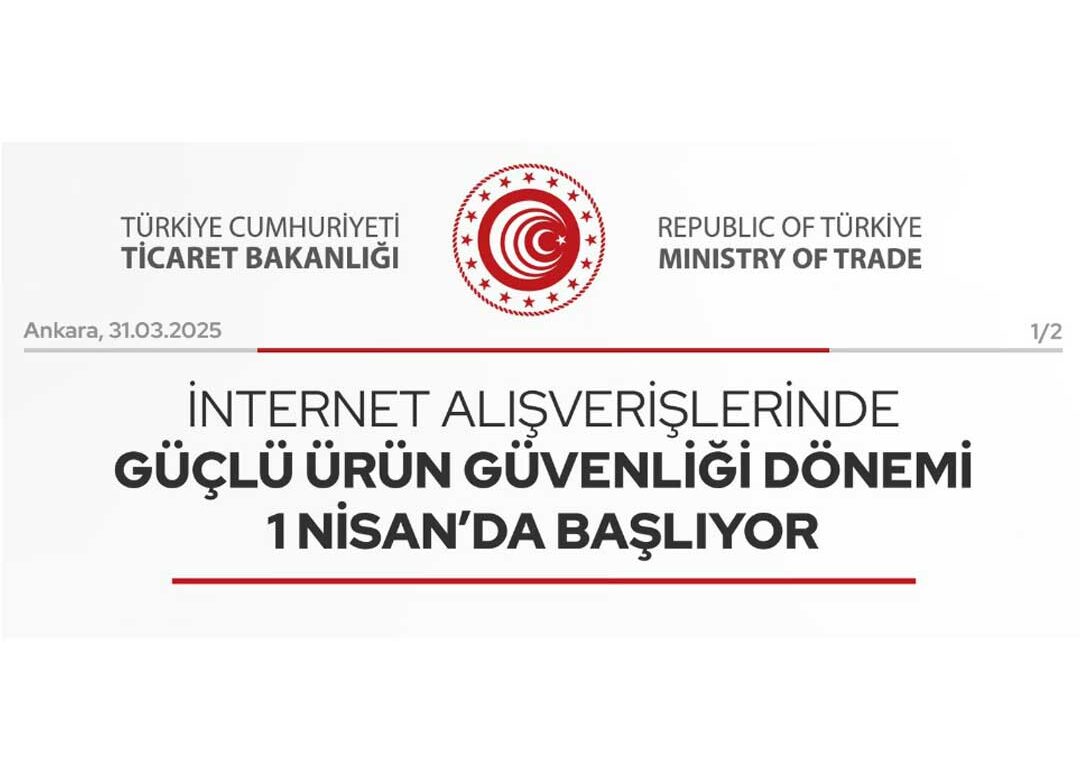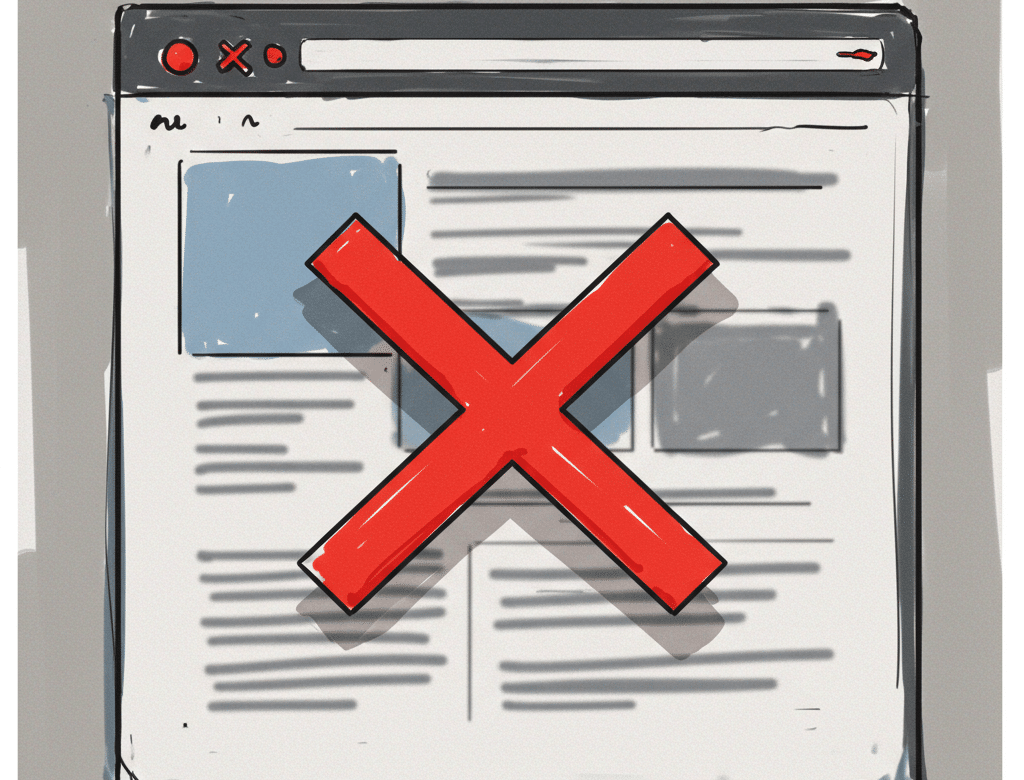Bill Gates’in, “Content is King” başlıklı makalesinin üzerinden neredeyse 30 yıl geçti. Gates, bu makalesinde internetin yaygınlaşmasıyla birlikte, içeriğinin gücünün artacağından ve içerik sağlayıcılarının, internetin gelişmesi adına önemli olduğunu vurgulamıştı.
70’lerde günde ortalama 500 reklama maruz kalan bir insan, bugün 5 bin reklama maruz kalıyor. Yolda, metroda hatta tuvalette bile. İşte bu reklam kaosu arasında, iletişimin en doğru öğelerinden biri, Gates’in vurgu yaptığı konu: İçerik.
İçerik pazarlama, bugün 500 milyar dolarlık yıllık pazar büyüklüğüne sahip, devasa bir alan. Ben de bu blog içeriğinde, size içerik pazarlamanın bugününden ve geleceğinden bahsedeceğim…
İçerik pazarlama nedir? Örnekleri nelerdir?
Pazarlamanın onlarca farklı disiplini var ve her biri, zaman içinde evrim geçirdi. Devasa billboard alanlarında iletişim kurmayla başlayan süreç, yeniden hedefleme (retargeting) gibi teknolojilere döndü. Ancak değişmeyen tek şey, içeriğin önemi oldu.
Dünyada content marketing adıyla kabul görmüş içerikle pazarlamayı, yeni yaklaşımlardan sanıyor olabilirsiniz. Fakat geçmişi, internetten çok daha eskiye dayanıyor. İçerik pazarlama nedir sorusunun yanıtı da, geçmişi 100 yılı aşan örneklerde bile kendini gösteriyor. İçerik pazarlama, reklama dönük ifadeler içeren yığınlar yerine, insanlara değer katan bilgiler verme sanatıdır.
- 1895 yılında, ünlü traktör markası John Deere’nin, The Furrow adını taşıyan dergisi, onlarca ülkede yayınlandı ve milyonlarca sattı. Marka, bu dergiyi “broşür” olarak düşünmedi ve ürünlerini, hizmetlerini okuyucuların gözüne sokmadı. Bunun yerine, tarımla ilgili önemli bilgiler verdi, böylece hedef kitlesine ulaştı. Çünkü okuyucular hem bilgilendi hem de kendini değerli hissetti.
- Michelin, 1900’lerin başında “The Michelin Guides” adlı rehberi çıkararak, sürücülere ulaştı. John Deere ve Michelin’i yeni markalar takip etti.
Yukarıdaki örneklerin ortak noktası, markaların satış dili kullanmadan, temsil ettiği değerleri önemsemesi ve değer yaratmasıdır. Yani, hedef kitlenin ilgisini çekebilecek bir hikaye inşa etmek, konsept yaratmaktır aslolan. Elbette 90’lı yıllarda internetin yaygınlaşması ile, content marketing kavramı da tümden değişti.
İçerik pazarlama çeşitleri nelerdir?
www protokolünün gelmesi, ardından AOL gibi mesajlaşma servislerinin ve MySpace gibi sosyal ağların inşa edilmesi yeni bir ekosistemin habercisi oldu. Blog, sosyal medya gibi kavramlar dünyamıza girdi. İçerik pazarlama sözcüğü de ilk kez, 2000’lerin başında kullanıldı.
Günümüzde, bu kavram hem dijital hem de basılı formatta, birçok farklı şekilde karşınıza çıkabilir. Gazetede okuduğunuz bir haber, YouTube’da izlediğiniz bir video veya merak ettiğiniz konuda karşınıza çıkan bir blog içeriği, bir markanın size ulaşmak için hazırladığı bir içerik olabilir.
Spotify’ın, her sene sonunda dinlediğiniz şarkıların verilerinden yola çıkarak hazırladığı ve Instagram’da paylaştığınız “wrapped” serisi de, içerik pazarlamanın en iyi örneklerinden biridir. Milyonlarca Spotify kullanıcısı bu içerikleri hikaye olarak paylaşırken, Spotify milyarlarca kişiye tek bir kuruş bile ödemeden ulaşır. İşte, başarının sırrı da burada yatıyor. Bu pazarlama metodu, aşağıdaki öğeleri içerebilir:
- Basın bülteni
- E-kitap
- Blog içerikleri
- Sosyal medya içerikleri
- İnfografik
- Video
- Podcast
İnsanların içerik tüketim alışkanlıkları değiştikçe, pazarlama da kendine yeni alanlar açacaktır elbette. Bundan 10 sene önce, muhtemelen “podcast” kavramı ile tanışmamıştınız. Ancak bugün, birçok marka Spotify veya diğer servisler üzerinden, dinleyiciler için hazırladıkları özel podcast serileri ile ulaşıyor.
İçerik Pazarlama Hizmeti
Siz de fark yaratan içerikler ile sektörünüzde ayrışmak istiyorsanız, içerik pazarlama departmanımızla tanışmalısınız.
İçerik pazarlamada strateji: Nereden başlamalısınız?
İçerikle pazarlama, mecra ne olursa olsun doğru bir plan gerektirir. SEO veya dijital reklamlar konusunda bilgi sahibi olmak, aynı anda birkaç disiplinle hareket etmek başarının sırrıdır. Genel olarak, bu süreçte izlenmesi gereken yol haritası şu şekilde olmalı:
- Hedef: Öncelikle amaç, içerik üretmiş olmak için içerik üretmek asla olmamalı, bir hedefiniz olmalıdır. Bu hedef marka imajını güçlendirme, sosyal medyada takipçi kazanma veya mail listesine abone kazanma olabilir. Planınızı, bu hedef üzerine inşa etmelisiniz.
- Analiz: Bir hedef oluşturduktan sonra, kitlenizi ve içeriğin yayınlanacağı mecrayı baz alarak analiz yapmalısınız. Hangi formatta içeriklerin ilgi çektiğini araştırın, kitlenizin ilgi alanlarını doğru okuyun.
- Plan: Bir blog içeriği hazırlayacaksanız, öncesinde anahtar kelime araçlarını mutlaka kullanın. Bir Instagram veya TikTok videosu hazırlayacaksanız, keşfet trendlerini inceleyin. Ardından, içeriği oluşturmak için hazırsınız.
- Dağıtım: Pazarlama, doğru bir içeriği üretmekten fazlasıdır. İyi bir içerik ortaya çıkarabilirsiniz ancak kitlenize bunu ulaştıramazsanız, bir anlamı olmayacaktır. Bundan ötürü doğru bir planla, içeriğin yayılmasını sağlayın. Örneğin, sosyal medya gönderisi için influencer’lar ile çalışabilir, bir blog içeriği için SEO tekniklerinden faydalanabilirsiniz.
İçerik formatları değişkenlik gösterebilir. Fakat ne olursa olsun, planınızın bir hedefi, analizi ve dağıtım stratejisi olmalıdır.
İçerik pazarlamanın SEO ile ilişkisi: SEO’yu nasıl kullanmalısınız?
Markaların, content marketing planlarında en önemli odak noktalarından biri blog oluyor. Blog içerikleri, arama motorunda belli konuları arayan kişilere ulaşmanın en iyi yöntemlerindendir. Doğru bir konu seçimi, anahtar kelime planı ile hedef kitlenize hitap eden blog içerikleri üretmeniz zor olmaz. Fakat SEO olmadan, o içerikler hiç kimseye ulaşmayabilir!
Arama motoru optimizasyonu ifadesinin kısaltması olan SEO, Google ve diğer arama motorlarının algoritmalarına uygun bir şekilde, siteleri ve içerikleri optimize etme uygulamasıdır. Google, her gün milyarlarca ziyaretçiyi ağırlıyor ve bir konuda bilgi almak isteyen, bir ürün satın almak isteyen kullanıcıların belli bir davranış eğilimi var. O da, ilk sayfadaki, hatta ilk sıradaki sonuca tıklamak!
Kullanıcıların yaklaşık %35’i ilk sıradaki sonuca tıklarken, %17’si ise ikinci sonuca tıklıyor. İkinci sayfa ve sonrasındaki sonuçların toplam payı ise %10 bile değil. Buradan çıkaracağınız sonuç, içerik pazarlamada çok vahşi bir rekabetin olduğudur. Bu rekabette ise, ancak SEO ile ayakta kalabilirsiniz.
Kaynak: SmartInsights
SEO uyumlu içerik nasıl olmalı?
SEO uyumlu içerik pazarlamada dikkat edilmesi gereken temel kriterler şöyledir:
- İyi bir başlık (fakat asla clickbait, yani kullanıcıyı yanıltan türden değil) seçmelisiniz. Başlık haricinde, içeriğin Google’daki ön izlemesi olan açıklama, “Meta Description” da doğru hazırlanmalıdır.
- Anahtar kelime araştırmasını, Semrush veya Ahrefs gibi premium SEO servislerinden yapın. Anahtar kelime kullanımını, doğru oranda tercih edin ve okuyucuyu asla boğmayın.
- H etiketleri, yani başlık hiyerarşisini doğru şekilde planlayın.
- Site içi ve site dışı linkleri mutlaka kullanın.
- Maddeleme, listeleme kullanarak, içeriğin okunabilirliğini artırın.
- Sosyal paylaşım butonları koyarak, içeriğin yayılımını destekleyin.
- İçeriğe grafikler, videolar ekleyerek zenginleştirin.
SEO uyumlu içerik üretmenin yöntemleri, önerileri uzatılabilir. Fakat buradan çıkarmanız gereken temel sonuç, iyi bir kullanıcı deneyimidir. En iyi içerik, en uzun içerik değildir. Google Analytics gibi analiz araçları üzerinden erişebildiğiniz, “sayfada kalma süresi” memnuniyeti ölçeceğiniz temel metriktir.
Bir içerik sayfasında, hemen çıkma oranı (bounce rate) düşük ve sayfada kalma süresi uzunsa, okuyucular bu sayfada aradığını buluyor demektir. Ancak bu veriler aksini gösteriyorsa, mutlaka doğru bir özeleştiri yapmalısınız. SEO’da, içeriğin gücünün yanı sıra sitenin otoritesi de önemlidir. Örneğin sayfanın teknik nedenlerden ötürü yavaş açılması, SSL sertifikasının olmaması birer eksi puan olabilir. Bu nedenle, SEO cephesinde bütünleşik bir yaklaşım gereklidir. Güçlü içerik ve etkili bir arama motoru optimizasyonu kurgusu ortaya çıktığında ise, harika sonuçlar almanız sürpriz olmaz.
İçerik pazarlamanın geleceği: Yapay zeka ve diğer trendler
İçerik üreterek pazarlama, kendini dünden bugüne değiştiren bir kavram oldu. 1800’lerin sonunda bir traktör markası, dergi çıkararak milyonlara ulaşmayı başardı. 2030’lu yıllara ilerlerken ise, yapay zeka gibi kavramlar content marketing sürecinin parçası oldu. İnternete erişilen cihazların türü, içerik tüketim alışkanlıkları dijital pazarlamanın yeni yaklaşımlarının temelini attı. Peki gelecekte bizi nasıl bir dünya bekliyor?
- Mobil odaklı içerik üretimi, her zamankinden çok daha önemli. Dünya internet trafiğinin yüzde 60’ını mobil cihazlar oluşturuyor ve 2025 yılında, 1 milyarın üzerinde cihazın 5G ile internete bağlı olması, bu oranı artırması bekleniyor. (Whatsthebigdata)
- Video içerik üretimi: Video içeriklerin ivmesi azalmayacak, aksine artacak. Özellikle dikey video formatı, tüm mecralarda tamamen benimsendi. Reels, Shorts veya TikTok, adına ne derseniz deyin, bu formatla video çekmek tüm markalar için ciddi bir kazanç sağlayacak.
- Yapay zeka: Hem yapay zeka (AI) hem de otomasyon ile içerik üretmek yaygın hale geliyor. OpenAI’ın popüler dil modeli ChatGPT’nin kullanıcısı sayısı, NamePepper verilerine göre şimdiden 180 milyonu aştı!
- Blokzinciri: Metaverse kavramı, belki duyulduğu ilk andaki kadar heyecan uyandırmıyor. Ancak bir sonraki dalga, sanal gerçeklik ve içerik pazarlamanın yeniden buluşmasını sağlayabilir…
Bunların yanında kişiselleştirilmiş ve etkileşimli içeriklerin önemi artacak, farklı trendler hayatımıza girecek. Ancak değişmeyen tek şey, içerik pazarlama modelinin, markalar için en önemli güçlerden biri olduğu.




